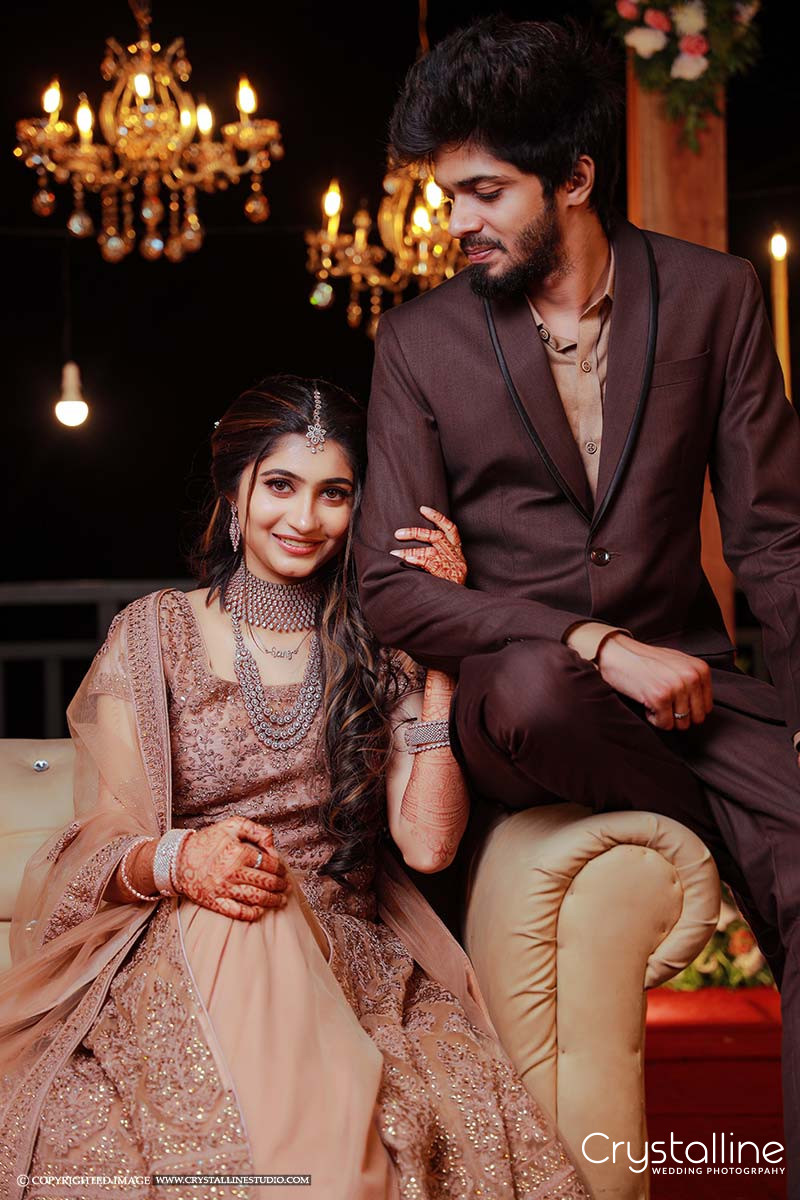The portraits try modeled because of the a study assistant to keep up privacy of your own sampled Tinder users
Coding

The new vertical orientations of models during the selfie decide to try place were coded from the half dozen lookup assistants (three males, about three women) blind to the hypotheses of studies. Our very own rationale having examining selfies’ vertical positioning playing with person rating instead than simply a goal dimension was motivated because of the a few facts: (1) knowing just how anybody experience the portrait’s topic relative to on their own, and you can (2) from the failure away from Face Recognition Application so you can choose the fresh new degree of head-tilt due to obscure photographic compositions, bad image quality, or occluded viewpoints of one’s deal with (elizabeth.grams., locks, sunglasses).
Delight state which straight area do you consider you are in line with the person throughout the photo-above all of them, below them, or if he could be from the the same height to you
In order to ple lay, assistants vocally shown the relative spatial view for every pictures whenever you are the primary specialist coded its alternatives into the a unique desktop. Poses oriented away from more than was coded because the +step one, presents regarding lower than because the ?1, and you may a much pose because 0 (we.elizabeth., zero apparent direct-tilt; pick Shape beautiful bosnian women step 1 getting types of for every perspective).
Contour 1. Types of vertical cam position manipulation. From remaining to help you best, the fresh exhibited photos illustrate selfies photographed of an over, front, and below position.
The posing choices for all assistants were then compiled in a spreadsheet for further comparison. The directionality of portrait orientation for each selfie was determined to be from above, below, or equal if there was agreement among four of the six raters. Images with less than four agreements were discarded prior to analysis; this equated to 95 images (14%) and with a moderate inter-rater agreement (Altman, 1999) determined using Cohen’s Kappa, ? = 0.4, (95% CI, 0.0350.044), p < 0.001.>
Overall performance
Frequencies of the spatial orientation from the selfie sample suggests that distinctly vertical compositions of the camera were commonly used by both men and women, as profile photos with an above or below orientation were presented in 55.1% and 42.1% of pictures, respectively (see Table 1 for all spatial frequencies). To determine if there was a difference between posing orientation depending on gender, a one-way ANOVA was conducted. However, the ANOVA’s homogeneity of variance assumption was violated as indicated by the Levene’s test, F(step 1, 554) = , p < 0.001;>(1, 398.4) = , p < 0.001,>
Figure 2. Ratio regarding straight poses (SE) based on gender. The contour portrays brand new proportional difference between dudes and you can ladies’ inclination of getting straight selfies; that’s, whenever leaving out natural presents, men presented an opinion to possess portraits off selfies from below, whereas feminine rather exhibited an above-prejudice.
To examine if the directionality of men’s and women’s poses were significantly different from zero (i.e., a straight pose), two one-sample t-tests were computed. The analyses corresponded with our predictions; men oriented the camera more often from below, t(206) = ?4.291, p < 0.001,>(348) = 2.577, p = 0.01, Cohen’s d = 0.276. Taken together, the results illustrate the contrast between how men and women choose to spatially represent themselves in a mate-attraction context.
Dialogue

Selfies demonstrated in online dating profile pictures was basically forecast to alter from the vertical cam perspective with respect to the sex of the person. All of our efficiency showed that reputation photos of individuals profiles of mobile software, Tinder, shown contrary vertical biases; the latest camera’s perspective is actually presented more often out-of below for males, and you can above for females. Such conclusions on top of that have indicated a mechanical bias off selfies in this a beneficial spouse interest context, while the character photos weren’t merely chosen, plus drawn by Tinder affiliate.

